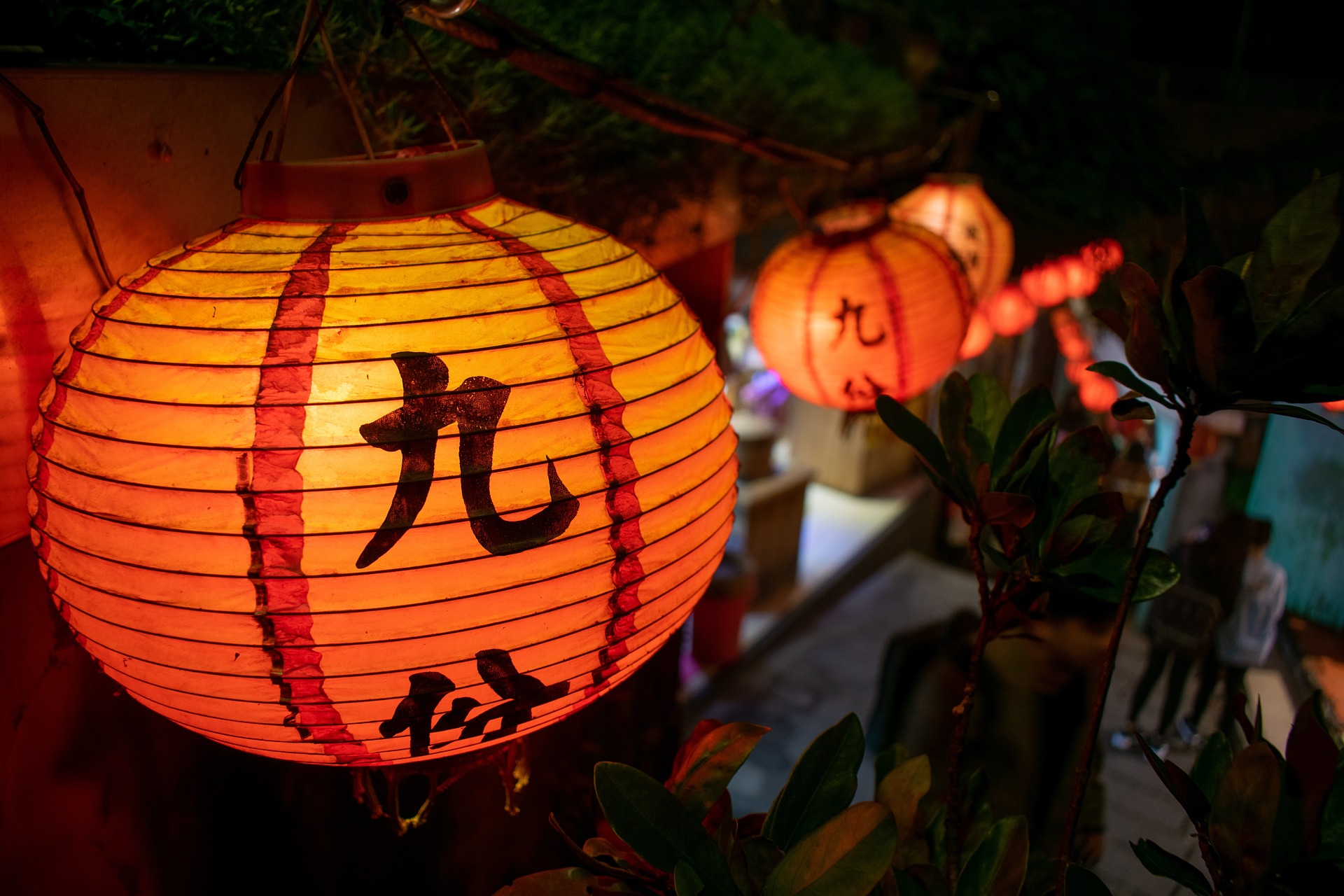In Taiwan, the colour red transcends mere aesthetics; it is an emblem of festivity, good fortune, and tradition. While Western countries often associate red with Christmas due to Santa’s iconic outfit, Taiwan’s cultural roots trace back to China, where red symbolises happiness and prosperity. Traditional Taiwanese weddings used to feature striking red bridal garments, embodying the essence of joy, while white signified death, strictly forbidden at funerals.
Lanterns in Jiufen near Taipei
Lunar New Year: A Sea of Red
As the Lunar New Year approaches, Taiwanese streets come alive with vibrant red decorations, much like their counterparts in Hong Kong and China. Strings of firecrackers ignite the atmosphere, and red lanterns adorn the streets. Red scrolls find their place beside doors and windows, embodying the anticipation of a prosperous year ahead. Envelopes, an integral part of distributing cash gifts, are consistently red, reflecting the wish for good fortune.
The Financial World of Red
While Wall Street associates red with declining share prices, in Taiwan, China, Korea, and Japan, the colour red signifies the rise of stocks, symbolising wealth and financial prosperity.
Temples Ablaze with Red
In Taiwan’s temples, where a fusion of Taoism, Buddhism, and folk beliefs is practiced, red is an omnipresent hue. It adorns shrine doors, beams, and ceremonial drums, setting the tone for festive celebrations. Circular tables bearing sacrificial offerings are painted red, signifying the significance of the occasion.
Red Threads of Destiny
At altars dedicated to the matchmaking deity, the Old Man Under the Moon, bowls of short red threads await lonely hearts. Each thread symbolises an individual’s destined connection with their future life partner, offering hope to those who seek the deity’s assistance in their quest for love.
Red in Taiwan’s Landscape
Red becomes an integral part of Taiwan’s landscape. The iconic road bridges in Taroko National Park, the locomotives of the Alishan Forest Railway, and even three-quarters of the Republic of China’s flag all bear the vibrant hue, symbolising Taiwan’s rich cultural tapestry and its deep-rooted connections to traditions, festivity, and prosperity.
Tailor Your Luxury Tour of Taiwan
For a luxury tour of Taiwan tailored to your preferences, contact Life of Taiwan, a highly experienced Taiwan tour operator. Our dedicated travel designers are ready to assist you in planning a custom private tour of Taiwan that aligns with your unique requirements.


